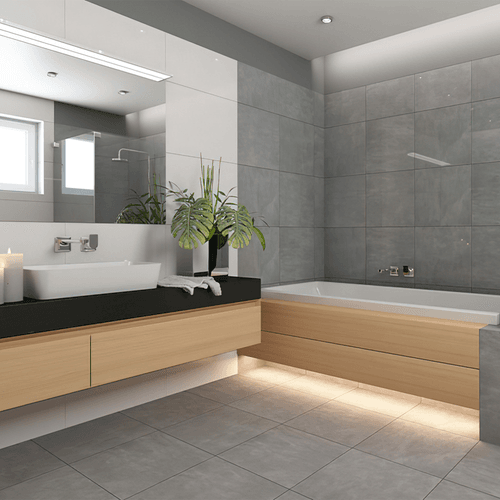Under Tile Heating
- Under tile heating is the best way to keep the feet warm all the time. Divided into two essential systems, water-based or electric underfloor heating, radiant floor heating is versatile enough to fit with the majority of floor coverings. At ArchiPro, we offer something for everyone, including a range of suitable under tile heating solutions for all kinds of floors.Why ArchiPro?
No more endless searching -
Everything you need, all in one place.Real projects, real experts -
Work with vetted architects, designers, and suppliers.Designed for Australia -
Projects, products, and professionals that meet local standards.From inspiration to reality -
Find your style and connect with the experts behind it.Start your Project
Start you project with a free account to unlock features designed to help you simplify your building project.
Learn MoreBecome a Pro
Showcase your business on ArchiPro and join industry leading brands showcasing their products and expertise.
Learn More
